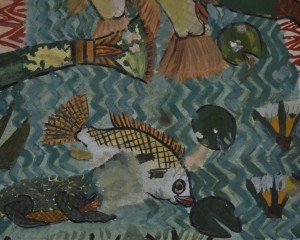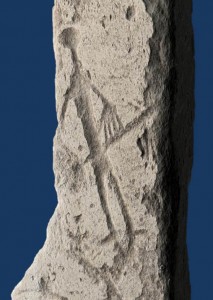
The oldest erotic image in Estonia?
As one of the Estonian newspaper stated, it could be the oldest erotic image found in Estonia. It is an engraving on the wall of the old church in Lüllemäe. To get a better “reading” of the image we used RTI technique to document it. Here are some example screenshots below, interactive image can be viewed from Archaeovision’s website.
Continue reading →






